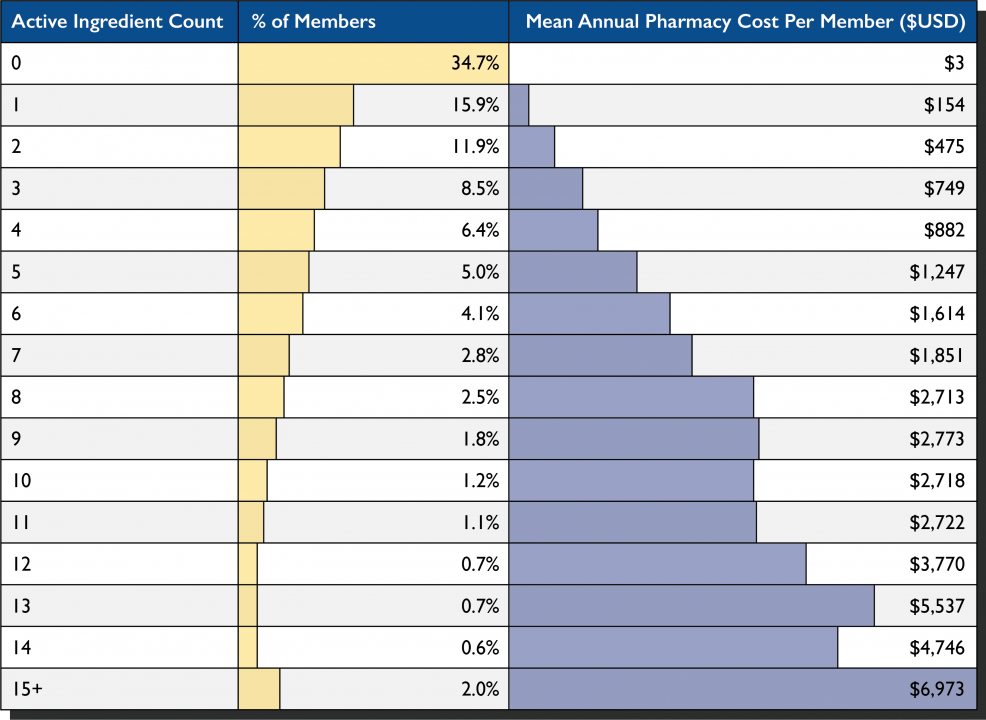

Is your organization looking for a quick tune-up to your existing population health management approach, or are you just beginning to formulate a population health strategy? Then look no further. In this series of posts, we’ll be sharing 7 “quick wins” that can be used to improve an existing strategy, or quickly implemented to derive value from existing resources.
Polypharmacy is a phenomenon of taking many medications, often long-term. While these medications provide patients with essential disease and symptom management and often improve quality of life, as more and more medications are added to a patient’s regimen, it becomes more difficult to take all pills as prescribed. Polypharmacy can be a challenge for patients, who face the cost burden of copays for multiple prescriptions, difficulty organizing medications into a daily routine, as well as increased risk of medication interactions.
Patients with multiple specialist physicians, frequent hospitalizations, multiple chronic diseases, mental health diagnoses, or those who reside in a long-term care facility are at higher risk of polypharmacy. It’s also a source of increased pharmacy costs: oftentimes, in a group of patients, those with the highest number of medications and chronic diseases generate the highest pharmacy costs. Fortunately, the ACG System can help providers simplify medication needs to improve patient overall health and well-being.
Here’s the strategy: use the ACG System’s Active Ingredient Count to understand the burden of polypharmacy and which patients are taking multiple medications. Establish a set number of medications as a threshold, adjusting for local prescribing patterns (we at Johns Hopkins commonly use 16 meds in a year). Once you’ve identified the patient group with polypharmacy, you can work with clinical pharmacists to complete person-level medication reviews, ensuring all medications are still required and evaluating which may be eliminated or are causing unwanted side effects.

This deceptively simple analytics tool can help tackle a complex, costly problem. By pinpointing specific patients who may be taking too many medications, struggling with monthly copay costs, or who may be suffering unwanted side effects, the ACG System helps providers offer specific interventions to streamline medication use and reduce adverse reactions. The result? Patients feel better, are more adherent, and pharmacy cost goes down. For us, that’s a win-win.
Quick Win #1: Optimize Enrollment in Existing Programs
While these techniques are focused on US customers, we have parallel suggestions for international ACG System users, developed by our team based in Europe with support from one of our UK users, Sollis. Please contact us for more information.
Follow Us